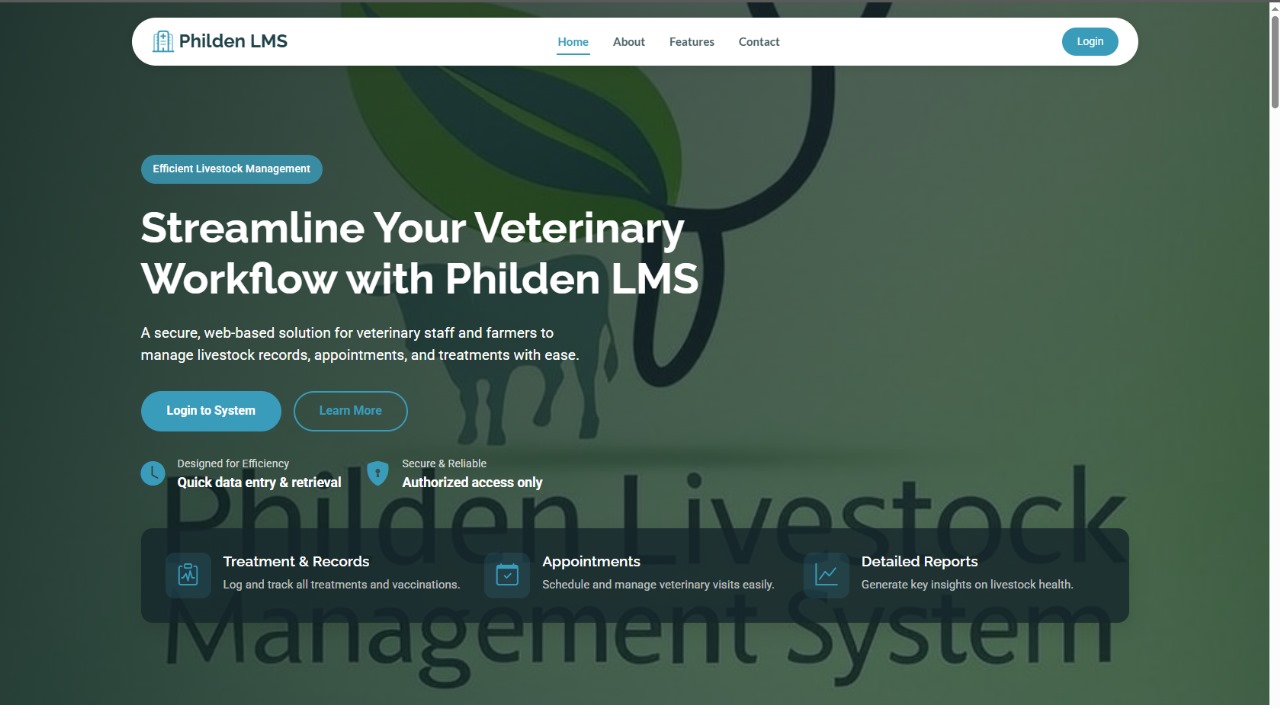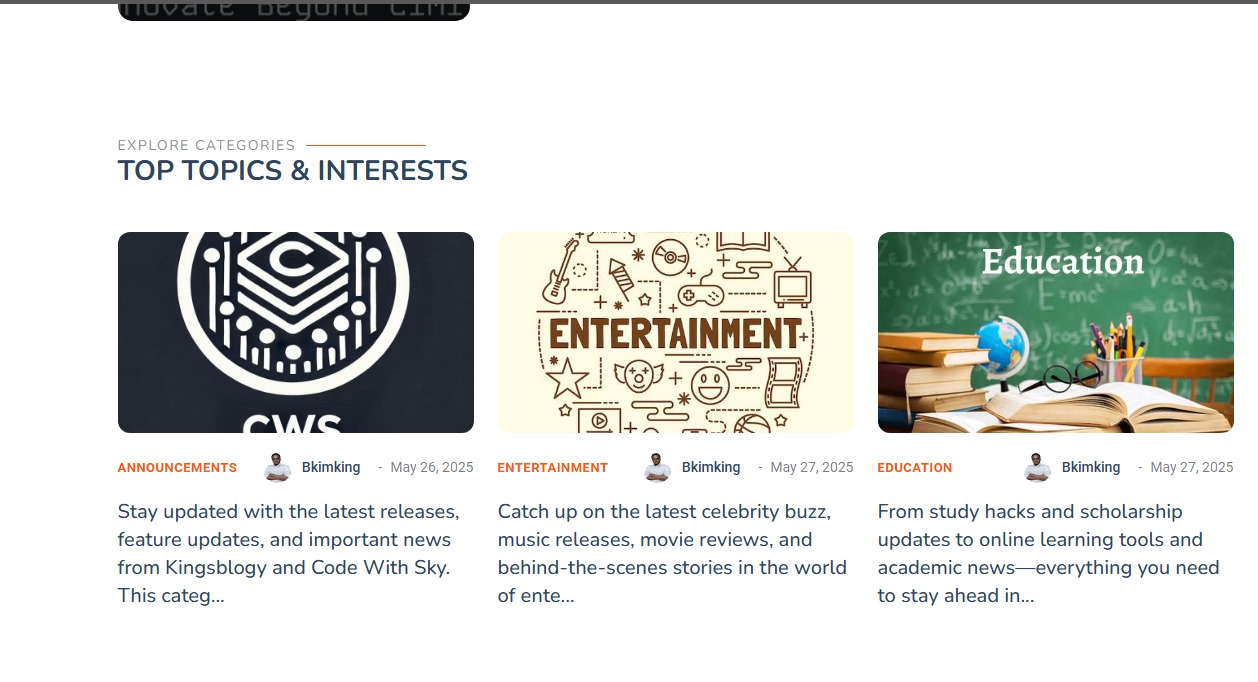The Logic Struggles No One Talks About When Building a Full-Stack App (From a Backend Developer's View)
.jpeg)
As a backend developer, I always believed that managing servers, APIs, and databases was the hardest part of development. It wasn't until I decided to build a full-stack application on my own that I realized - backend logic is just one side of the story. Full-stack development introduced me to a new world of challenges, especially around how logic flows between backend and frontend.
In this post, I'm sharing some of the biggest logic struggles I faced during my journey, and the lessons I learned the hard way.
1. Handling User Authentication Across Backend and Frontend
When I first started, I thought user login was simple: verify credentials, generate a token, done. However, I quickly ran into unexpected problems.
- Should I use sessions or JWTs?
- How do I store tokens securely on the frontend?
- What happens when a token expires mid-session?
I learned that authentication isn't just about "checking login." It's about securely managing identities across two different sides - and it takes careful planning to avoid leaks, expired sessions, or broken login flows.
2. Designing a Database That Matches Frontend Needs
Coming from a backend background, I was used to building normalized, efficient databases. But when the frontend started needing more flexible data - like user bios, profile pictures, or nested comments - my strict database structure became a bottleneck.
One major mistake: I forgot to think about real-world frontend usage. For example, users wanted to edit their profile easily, but my database schema made simple updates complicated. Lesson learned: always design your database with the frontend experience in mind, not just the backend logic.
3. API Response Logic: More Than Just Sending Data
I thought returning JSON was enough - until I saw how inconsistent my responses were. Sometimes errors returned an object, sometimes just a string. Success messages weren't structured the same way. It confused the frontend and made error handling messy.
Now, I always standardize my API responses:
- Always return a consistent structure (status, message, data).
- Document all possible API responses clearly.
- Handle errors properly with clear status codes (like 400, 401, 403, 500).
Clean, predictable APIs make full-stack work much smoother.
4. Logic Mismatch: Frontend vs Backend Validation
At first, I let the frontend handle form validation - thinking it was enough. Big mistake.
Users quickly found ways to bypass frontend validation (like using browser DevTools) and send invalid data to the backend. This taught me a key lesson: frontend validation is for user experience, backend validation is for security.
Now, every important check happens on the server too - no matter what the frontend says.
5. Dealing With Real-Time Updates
Building a messaging feature taught me how complex real-time logic really is. Initially, I tried "polling" - asking the server for updates every few seconds. It worked, but it was heavy and slow.
Then I looked into WebSockets - a faster, real-time solution - but setting up sockets, handling reconnects, and syncing data properly was a whole new challenge. Real-time logic forces you to think about:
- Connection stability (what happens if the user goes offline?)
- Data synchronization (making sure all users see updates at the same time)
- Server resource management (too many connections can overload the server)
It's one of the hardest, but most rewarding, logic challenges I faced.
Final Thoughts
Becoming a full-stack developer taught me that writing good backend code is just one part of the job. True full-stack development means thinking about the whole user flow - from the database all the way to the button someone clicks on the screen.
Logic isn't isolated anymore. Every piece connects.
If you're a backend developer stepping into full-stack projects, my advice is simple: start thinking like the frontend too. Plan your APIs, database, and validation with the complete app experience in mind. It's tough at first, but it will make you a much stronger and more versatile developer.
Thanks for reading! If you've faced similar struggles, feel free to share your experiences directly on WhatsApp, or tag me on your favorite social media platform!
Want more dev insights like this? Catch more blogs on Code with Sky.


